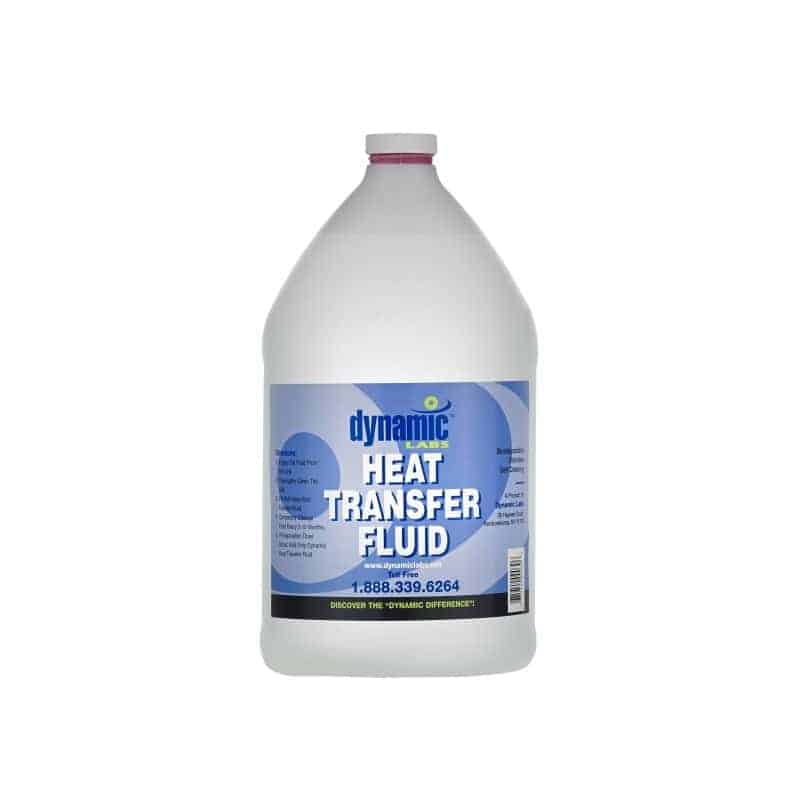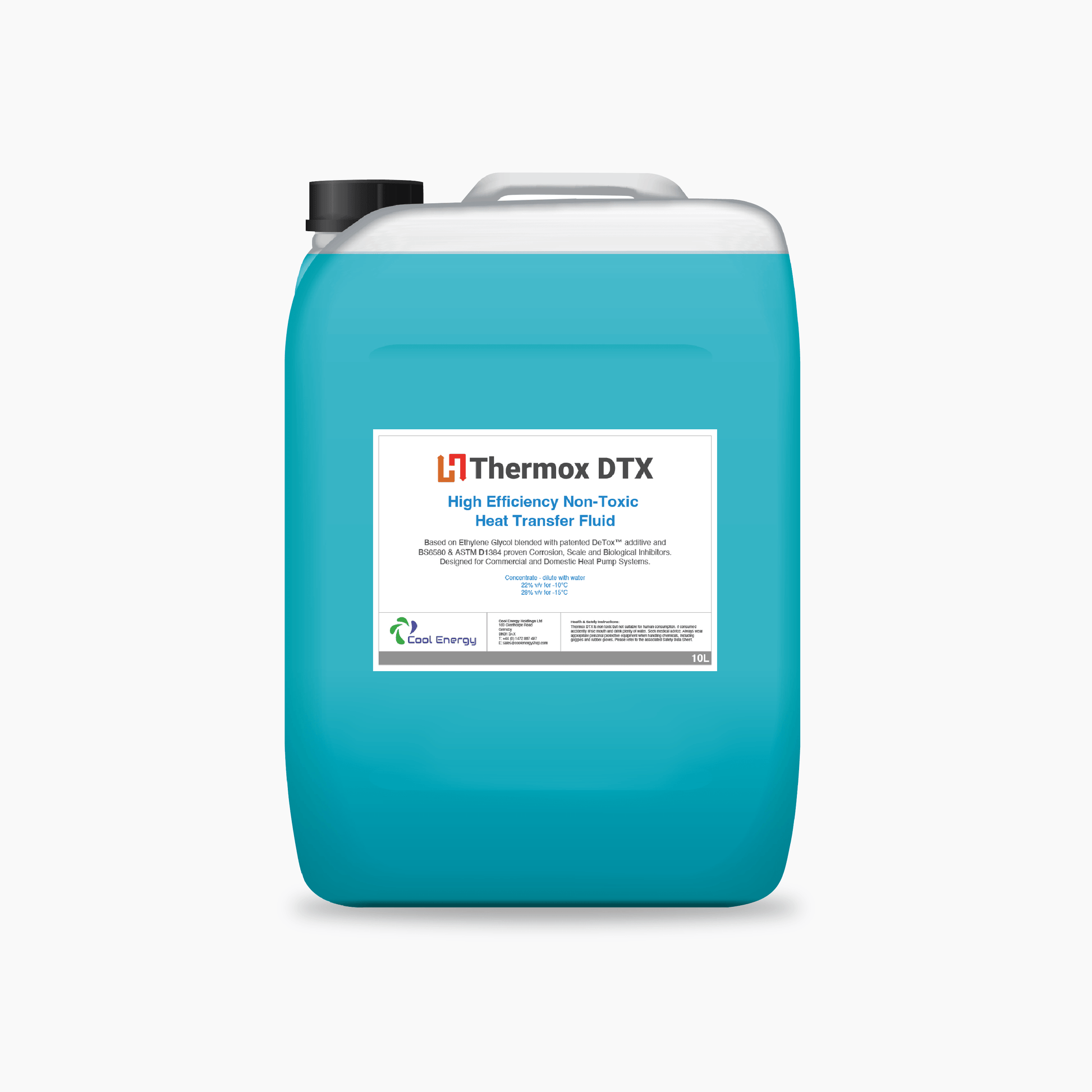Understanding the Role of Heat Transfer Fluid in Reliable Power Systems
Understanding the Role of Heat Transfer Fluid in Reliable Power Systems
Blog Article
Understanding the Uses of Warm Transfer Fluid in Industrial Applications
In the dynamic landscape of industrial applications, warm transfer liquids (HTFs) are crucial for maintaining accurate thermal policy, essential to maximizing functional performance and product quality. From the complexities of chemical processing to the robust needs of power generation, HTFs are central to guaranteeing steady and effective warm exchange.
Function in Chemical Processing
In chemical processing, heat transfer liquids play a crucial duty in keeping exact temperature level control, which is crucial for maximizing response rates and guaranteeing product quality - heat transfer fluid. These fluids are crucial in promoting reliable warmth exchange in between procedure devices, therefore making it possible for the law of thermal problems within activators, purification columns, and other vital device. Their capability to preserve stability under varying thermal tons and ecological problems makes them essential in chemical manufacturing
The selection of a suitable warmth transfer fluid is figured out by factors such as thermal conductivity, details warm capacity, thickness, and chemical compatibility with the process materials. High-performance fluids enable for quick cooling and heating, enhancing the performance of endothermic and exothermic responses. Furthermore, their thermal stability decreases the threat of degradation or contamination, which can bring about devices fouling and reduced procedure efficiency.
In enhancement to temperature policy, these fluids add to security by avoiding getting too hot and lowering the capacity for thermal runaway reactions. By giving consistent thermal monitoring, warm transfer liquids enhance procedure dependability and can result in substantial energy financial savings. As chemical processes come to be progressively complex, the relevance of picking and maintaining optimal warm transfer liquids can not be overstated.

Power Generation Applications
Relocating from chemical handling to power generation, warm transfer liquids think an essential role in the production of energy. In power generation applications, these fluids contribute in maintaining optimal thermal performance and ensuring the trustworthy procedure of nuclear power plant. Various types of power generation facilities, including fossil fuel-based plants and concentrated solar energy (CSP) systems, depend greatly on heat transfer fluids for efficient energy conversion.
In fossil fuel power plants, heat transfer liquids are used to transfer warmth from combustion gases to water in boilers, producing heavy steam that drives wind turbines. This procedure needs liquids with high thermal stability and exceptional heat transfer homes to stand up to severe temperature levels and pressures. In CSP plants, warmth transfer liquids flow through solar collection agencies, taking in solar power and transferring it to a central receiver where it is used to produce vapor. The vapor after that powers generators to generate electricity.
The option of warm transfer fluid in these applications is critical, as it impacts the plant's efficiency, security, and environmental footprint. Synthetic oils, molten salts, and other specialized fluids are frequently utilized, chosen based on their thermal stability, heat capacity, and compatibility with system materials.
Influence On Food and Beverage Market

In enhancement to boosting item top quality, warmth transfer liquids add to operational efficiency by lessening energy consumption and decreasing procedure times. Their thermal security and high heat capability allow for quick heating and cooling down cycles, resulting in enhanced throughput and cost-effectiveness. Additionally, the use of food-grade heat transfer liquids, which i thought about this follow strict safety requirements, guarantees that there is no threat of contamination, thus securing public health.
The adaptability of warmth transfer liquids enables their application across a large variety of food and drink procedures, from milk and confectionery to brewing and bottling. By optimizing temperature control, these fluids play an indispensable function in fulfilling the evolving demands of the food and beverage market while maintaining high requirements of top quality and safety and security.
Significance in Production

A crucial facet of producing processes throughout different industries is the efficient management of temperature level, which is where warmth transfer fluids demonstrate their value. These fluids play a critical function in maintaining optimum temperatures for diverse procedures, guaranteeing item high quality, safety, and power effectiveness. In industries such as chemical handling, pharmaceuticals, and plastics, specific temperature level control is vital for reactions, healing, and molding processes. Warmth transfer fluids promote these controlled atmospheres by absorbing, moving, and launching warm as needed.
In manufacturing settings, heat transfer fluids contribute dramatically to functional efficiency and cost-effectiveness. By lessening temperature level fluctuations, they assist minimize power intake, therefore decreasing functional prices and boosting sustainability. Furthermore, they improve the life expectancy of devices by stopping getting too hot and thermal stress and anxiety, which can bring about pricey downtime and fixings.
Furthermore, the flexibility of heat transfer fluids permits them to be tailored for certain applications, suiting a variety of temperatures and environmental conditions. This flexibility makes certain regular efficiency, even in the most demanding commercial setups. Inevitably, the critical usage of warmth transfer liquids equips makers to maximize their procedures, improve product quality, and maintain an one-upmanship in an ever-evolving market.
Advancements in Warm Transfer Modern Technology
With innovations in heat transfer modern technology, industries are experiencing transformative renovations in temperature administration official statement systems. Modern HTFs, such as nano-fluids, show improved thermal conductivity and security, which significantly enhance warmth exchange processes.
Additionally, the assimilation of wise modern technology and digital tracking systems has actually transformed warm monitoring. Advanced sensors and IoT tools provide real-time information analytics, making it possible for accurate control and optimization of warmth transfer procedures. This leads to boosted safety, minimized downtime, and expanded tools life-span.
In addition, the advent of magnetic and phase-change materials in warm transfer applications marks a substantial jump onward. heat transfer fluid. Magnetic fluids, for example, offer fast warm dissipation via magnetic field control, while phase-change products efficiently keep and launch thermal power during phase transitions
These technical strides are not only improving effectiveness in typical sectors such as chemical processing and power generation however are additionally fostering technology in emerging fields like renewable resource systems and digital air conditioning, leading the way for lasting industrial operations.

Verdict
Warm transfer liquids are essential to commercial applications, providing specific temperature control and improving functional efficiency. In chemical handling, they make certain ideal activator conditions, while in power generation, they contribute to reliable energy heat transfer fluid usage. The food and drink industry take advantage of constant temperature management, vital for item top quality. Throughout numerous producing markets, HTFs assist in power preservation and security compliance. Breakthroughs in warmth transfer technology remain to enhance these features, emphasizing the critical function of HTFs in commercial processes.
Report this page